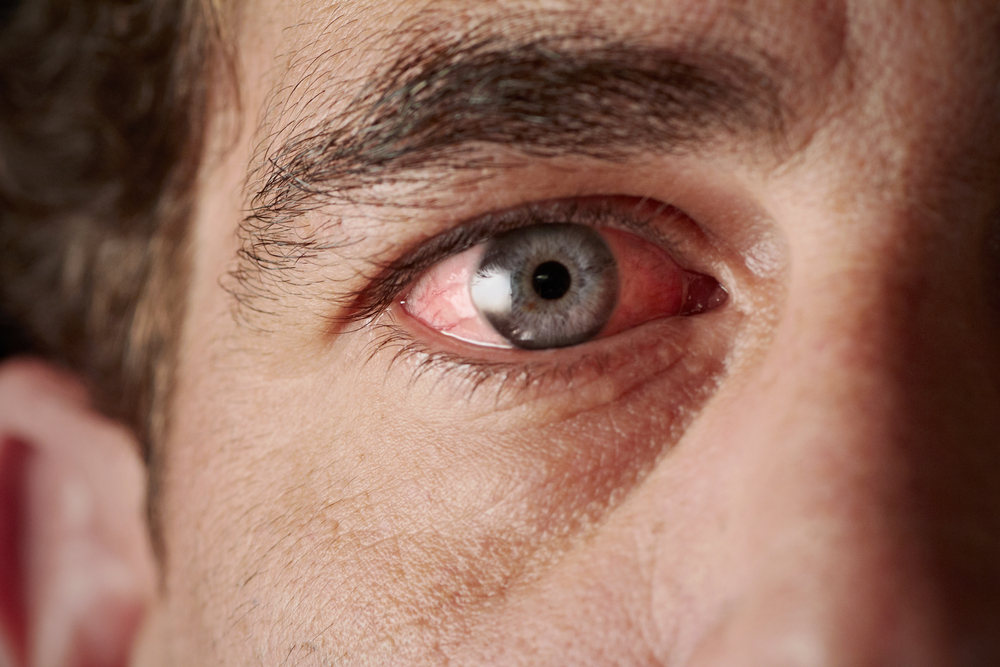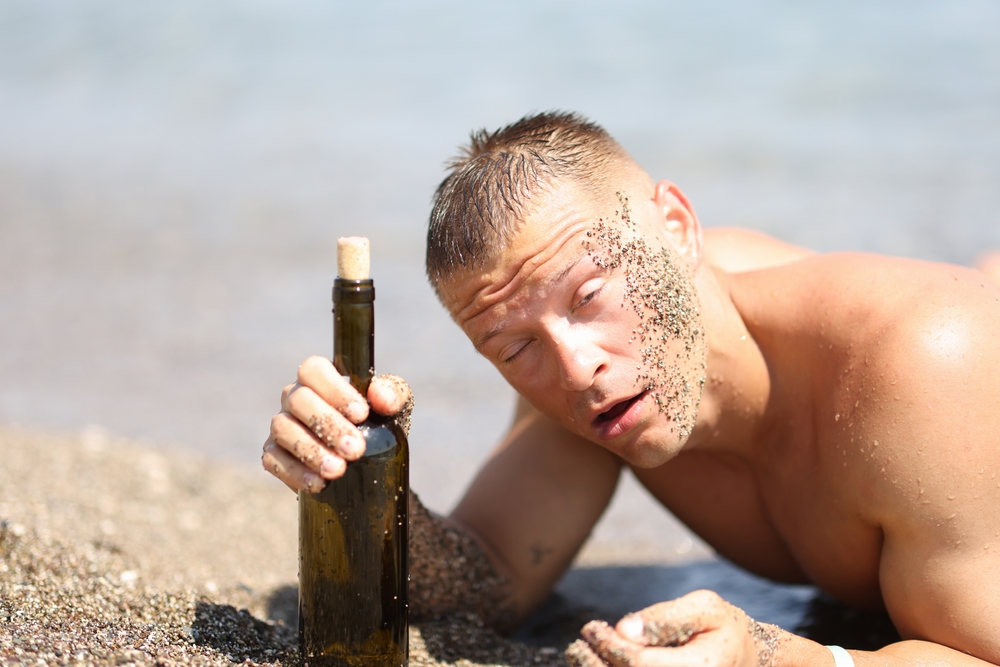Have you noticed someone you care about showing changes in their eyes after drinking alcohol? Or perhaps you’re experiencing these changes yourself and wondering what they mean. Alcohol intake doesn’t just impact your body; it also severely affects the eyes. These symptoms might seem small at first, but they can signal deeper concerns with long-term consequences.
This blog will help you recognize the 7 key signs of alcoholic eyes. We’ll explain how alcohol changes the way your eyes look and work. Understanding these symptoms is an important first step in addressing the physical toll of alcohol and, ultimately, seeking alcohol treatment.
Take note, however, that these signs may be individually caused by several other factors and may not always indicate alcohol abuse. However, when they are taken together, along with constant alcohol consumption, they could pinpoint the need to get professional help.
Sign 1: Bloodshot Eyes

One of the most noticeable symptoms is red, bloodshot eyes. Alcohol expands the blood vessels in the eyes, increasing blood flow and giving them a red, irritated appearance. This is one of the most common symptoms of intoxication. The redness typically happens because alcohol affects your body’s ability to regulate itself. It causes inflammation and swelling in sensitive areas, including your eyes.
While bloodshot eyes may go away after resting, repeated incidents of this symptom can lead to more lasting damage. Chronic redness could indicate deeper health issues tied to heavy alcohol use, such as dry eye syndrome or even a heightened risk of glaucoma.
Sign 2: Change in Pupil Size
When you’ve been drinking, your pupils might not respond the way they normally would. You might notice them dilating slowly or constricting unnaturally. This can cause visual distortions, like tunnel vision or trouble adjusting to light.
While this change may be caused by other factors, it is one sign that manifests when a person is abusing alcohol or other addictive substances.
Sign 3: Glassy Eyes
People often describe those under the influence as having a glassy eyed look. This happens because alcohol dehydrates your body, including your eyes. Without enough moisture, they take on a blurry, almost detached appearance. The dryness also often leads to irritation, causing discomfort or itching.
This symptom of alcoholic eyes can initially seem minor. However, if alcohol intake continues over time, it can lead to dry eye syndrome. Chronic dry eyes may cause long-lasting discomfort and even damage the eye’s protective layer if left untreated.
Sign 4: Blurred Vision
Blurred or double vision is more than just an inconvenience. It’s a sign that alcohol is impairing your brain’s control over your eye muscles. When this happens, the eyes struggle to focus, leading to temporary blurred vision. This is a common symptom after alcohol consumption.
While typically short-term, this symptom can become more severe with long-term abuse. Overuse of alcohol may eventually damage your optic nerve, disrupting your ability to see clearly and increasing the risk of eye conditions like macular degeneration.
Sign 5: Erratic Eye Movements and Twitching

Alcohol affects your brain’s ability to send coordinated signals to your eyes. This often results in erratic eye movements or uncontrollable twitching. This is also known as gaze nystagmus. If you’ve noticed someone’s eyes moving involuntarily or struggling to focus after heavy alcohol use, this is a sign their system is overwhelmed.
Sign 6: Droopy Eyelids
Alcohol has a relaxing effect on your muscles, which is why people often feel drowsy after drinking. This relaxation extends to your eyelids, causing them to become droopy. While temporary, this symptom is still a key indicator of alcohol’s impact. When you see droopy eyelids along with slurred speech or lack of coordination, it could be a sign of someone being drunk.
Sign 7: Light Sensitivity
Light sensitivity is another side effect that should not be ignored. Because alcohol changes pupil size, it could make bright lights feel overwhelming and painful. It also explains why driving under the influence is so dangerous, since alcohol turns simple visual tasks into major challenges.
Sensitivity to light is not just an inconvenience. It is a sign that your eyes and your brain are struggling to adjust due to excessive alcohol intake.
Get Alcohol Addiction Treatment at the Best Christian Rehab in Orange County, CA
The changes alcohol makes to your eyes are serious, but they are also warning signs that it is time to seek help. If you or a loved one is dealing with symptoms of alcohol addiction, get help today.
Covenant Hills Addiction Treatment in Orange County offers addiction treatment programs that address the root causes of alcohol use and provide tools for long-term recovery.
We offer faith-based solutions focused on holistic healing, including programs for co-occurring disorders like mental health conditions. Contact us today to start your path to recovery.







